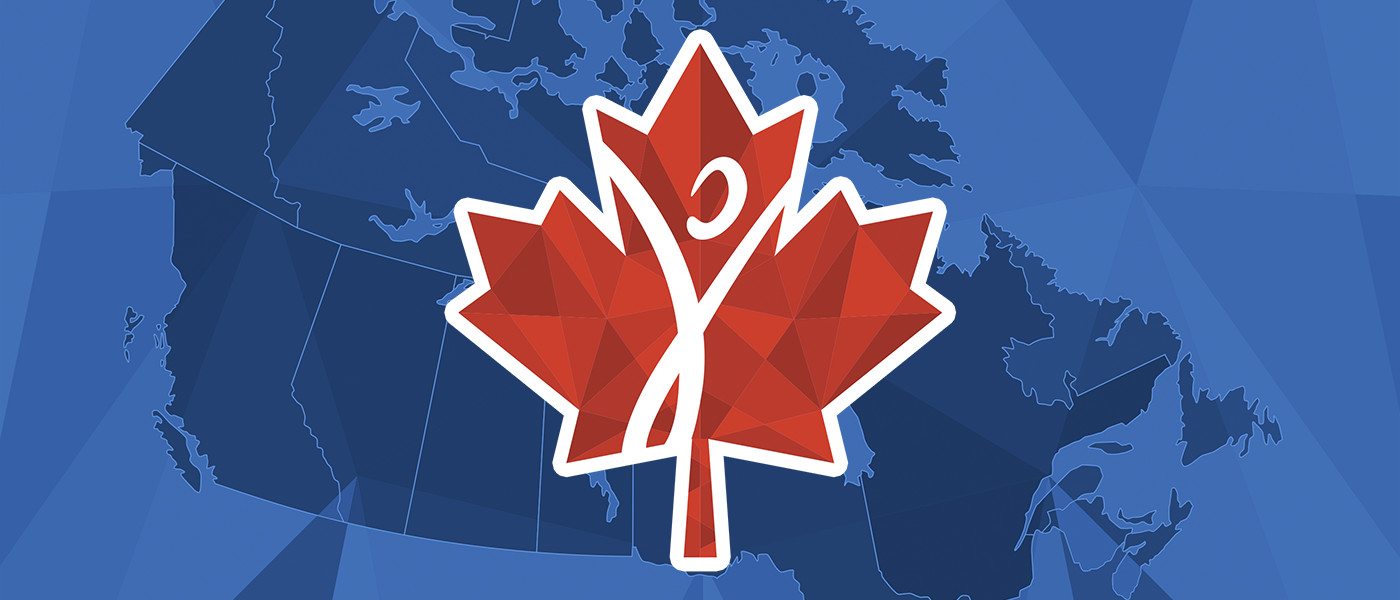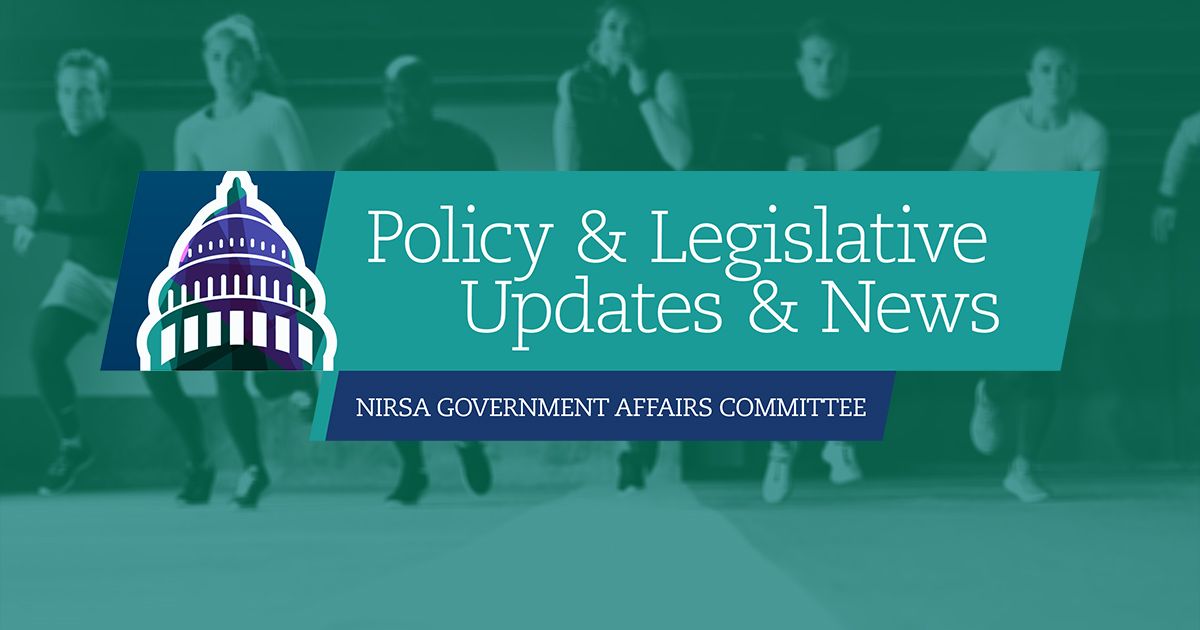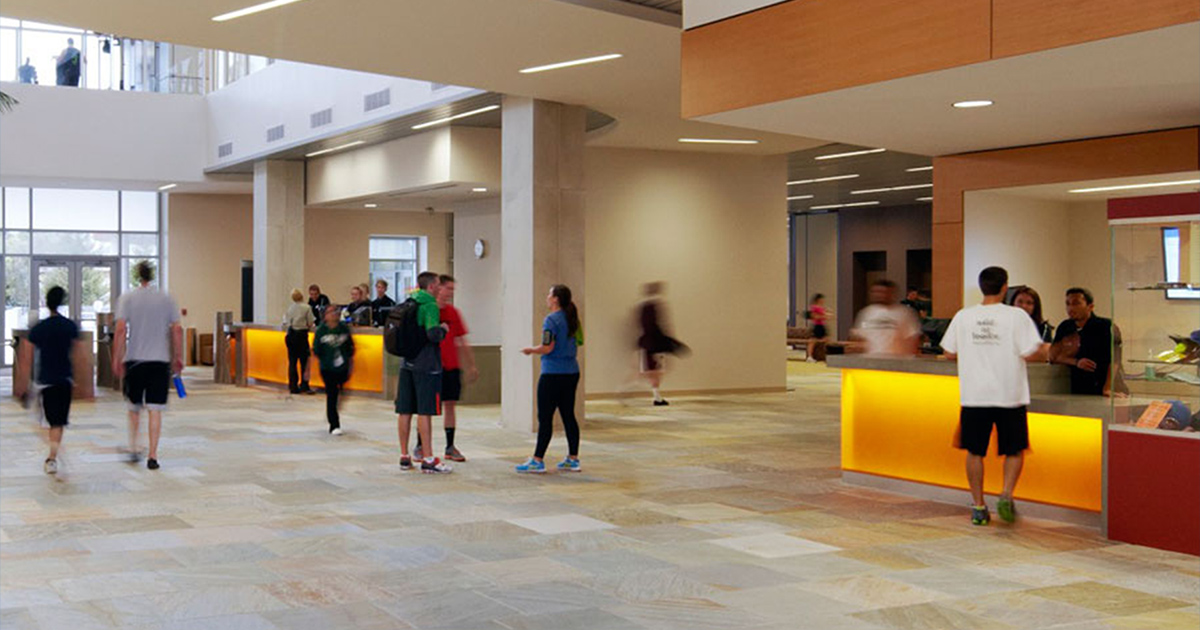In early February—after a vote by NIRSA membership—the NIRSA Board of Directors passed the resolution to formally establish Canada as a distinct region of NIRSA.
Since then, there has been great movement and intention in preparing the new region and its leadership for full regional implementation by May 1, the start of the new NIRSA leadership year. One of the key elements in this preparation is the election of regional student and professional representatives to the Member Network.
The NIRSA Member Network was created to serve as a vehicle for communication between NIRSA’s many leadership groups and our diverse body of professional and student members. After thoughtfully considering the work required for establishing a new region, the Canadian Leadership Team made recommendations to the NIRSA Board of Directors for an initial modification to the regional representative structure that would allow for additional support in the form of a second, non-voting professional representative from the new Canadian region.
Upon review of the proposal and in consultation with the Member Network, the NIRSA Board agreed that additional leadership support would benefit the Canadian Region’s implementation process. As a result—for the next few years, while the new region develops—there will be two Canadian regional representative positions, each elected and serving on staggered two-year terms.
Three primary reasons drove the need for this additional support: the significant workload to get structures and processes in place for a newly-established region, the workload necessary to cultivate the various relationships over the large and diverse geography and membership of an entire country, and the need for help building a depth of NIRSA experience and knowledge within Canadian NIRSA members.
To implement this process for the 2017-2018 NIRSA leadership year, Canadian members will be electing both regional representative positions in the coming weeks. One representative will be elected to serve a one-year term (2017-2018) and the second representative to serve a two-year term (2017-2019). The new representatives will join the Member Network with other recently-elected leaders in May.
To achieve the desired staggering, the special election for this year’s representatives will include a one-year volunteer leadership opportunity. The representative who is serving in their second year will have the region’s sole voting seat on the Member Network while the representative in their first year will be a shadow member who in their second year of office will roll into the voting seat. The funding for the representative in the shadow position will be provided by the new Canadian Region.
Both regional representatives will contribute to the work of the Member Network within the region and across the Association while also gaining valuable insight and experience as part of the Member Network team. Additionally, the Canadian Region will elect a regional student leader to a one-year term like all current regions. This format ensures consistency with both the NIRSA Bylaws and the structure of the Member Network.
This revised structure will provide additional support as well as more intentional mentoring and development of newly-elected Canadian leaders. Continuing to strengthen and grow the leadership pipeline both above and below the 49th parallel will enhance both the profession and the Association as we strive towards building healthy people and healthy communities worldwide.
Applications are now open for Canadian members to apply for these open positions.
- For more information, please contact NIRSA Membership Outreach Coordinator Emily Hughes.
Stacey Hall, Ph.D., is currently NIRSA President and Director of Campus Recreation at the University of New Hampshire. David Peter is currently Chair of the Member Network and Associate Director of Campus Recreation at Florida State University.







